
2022 trends: Why open banking-powered payments will boom
 09:46 13 Jan 2022
09:46 13 Jan 2022 There are many inevitabilities about the start of a new year, such as the surge in gym memberships or conversations about Dry January and Veganuary. Whilst payments are far less predictable – just take the recent public stance from Amazon on Visa’s high transaction fees – it is still a good time to reflect back and use the changes of the past 12 months to forecast what trends and opportunities we can expect in the year ahead.
VRPs will drive payments into a new era in 2022
The first big trend that will impact the sector is going to be the arrival of Variable Recurring Payments (VRPs) in the UK. Back in 2019, GoCardless and Starling took the first live VRP transaction through the OBIE’s regulatory sandbox. At the time, the OBIE shared that VRPs would ultimately mean safer, quicker and lower cost payments. However, payments don’t have a reputation for adapting quickly. It wasn’t until the Competition and Market Authority’s (CMA) July 2021 announcement that they were mandating ‘sweeping’ VRPs that they became a main topic of conversation. Officially on the agenda, NatWest was quick to announce an open banking-initiated VRP pilot alongside GoCardless and other third-party providers. The fact that happened months before the CMA deadline demonstrates the enthusiasm and, ultimately, the appetite for new payment paradigms.
2021 was a pivotal year for new open banking powered payment solutions, with payment providers like GoCardless innovating new ways of combining faster, more streamlined payment rails, such as Faster Payments in the UK, with account-to-account payments. A prime example is Instant Bank Pay from GoCardless, which enables businesses to take one-off payments and receive instant confirmation and verification, which opens up endless opportunities for consumers to try using their bank account as opposed to their card for their everyday online transactions. The addition of VRPs into this space is hugely exciting, as it takes the Instant Bank Pay product and enables it for recurring payments too! In this way, it is a genuine alternative to “card on file” arrangements and has, among other things, a great use case around payment visibility when speed matters most.
We expect to see big moves in this area from savings and investment organisations first, quickly followed by merchant use cases where speed of payment is most important. These are important steps, but VRPs will really come into their own in use cases where the end-users have an ongoing payment relationship with a provider, such as with a beauty treatment app, or a car service like Uber. VRPs work by being pulled directly from the bank account without repeat authorisation or a need to update card details. This means removing payment friction for users, which in turn should see a reduction in customer churn and an increased cash flow for businesses.
Mainstream adoption of open banking
Bolstered by VRPs, I believe we will see open banking payments transition into the mainstream with broader adoption from both merchants and consumers. This will mean the shift away from cards will continue, which offers several benefits. In a wider economic sense, card payments should be viewed as a tax on the economy. There are excessive transaction fees, terminal charges and chargeback fees – this is the price businesses pay simply to do business. 15% of businesses say that payment fraud is one of their top three pain points – an issue that cards are only partially addressing through Strong Customer Authentication (SCA) but at the expense of increased friction in the payer journey. Open banking powered payments can and will continue to take away a lot of these pains!
And there is also an obvious environmental benefit from an economy without plastic cards. 100 million tonnes of plastic are produced each year and 8 million tonnes of this enter the oceans. As a founding member of TechZero, incorporating sustainable practices into payment strategies is something that we are very committed to and we are proud to lead the industry on this.
Automation will no longer be a ‘nice to have’
Finally, the next big trend that we anticipate is that more businesses will adopt machine learning or artificial intelligence to automate their payment processes. We’ve seen businesses going outside of their comfort zones throughout the pandemic to navigate new ways of generating income – just look at how restaurants pivoted to offer meal box subscription services. This shift to embrace online alternatives has led to an evolution of how payments are collected and, conjointly, how payments fail.
GoCardless’ research has found that 38% of small business owners feel awkward when having to chase failed payments. But thanks to new technologies powered by machine learning, businesses can now alleviate pressure and have the assurance of getting paid on time. Our Success+ product uses machine learning to calculate the optimum days for automatically retrying to collect failed payments, removing the risk of hitting the payer when they don’t have enough money in their account. This data-driven, automated approach is why nearly half of all failed payments are successfully collected the first time, reducing the manual processes that cost businesses time and money. This year we expect to see even more intelligent payments products hit the market, especially in the account-to-account space.
This is only the beginning
2022 is set to be a milestone year for payments, but it’s also important to note that this is just the beginning. The impact of VRPs and open banking on the payment landscape will most likely take a few years to be fully realised. Consumer education will be a big factor and as a sector, we will need to focus our efforts on bringing consumers on this journey with us. If consumers don’t have the confidence or assurance, then businesses will struggle to reap the benefits of transaction success rates, lower costs and faster cash flow.
[The author of this article, Andy Wiggan, is Vice President of Product Development at GoCardless]
Helen Child, Founder & CEO, Open Banking Excellence
You would also be interested to hear what other experts have to say on 2022 Trends:
- 2022 Trends: from Open Banking to Open Data – The road ahead | Written by Amit Mallick, Managing Director and Global Open Banking & API Lead, Accenture.
- 2022 Trends: Europe’s growing TPP landscape | Written by Brendan Jones, Chief Commercial Officer at Konsentus.
- 2022 Trends: Growth in the UK Open Banking ecosystem | Written by James Hickman, Chief Commercial Officer at Ecospend.
What are the defining trends and learnings in Open Banking and Open Finance this year?
Find out in the Open Banking Excellence (OBE) Megatrends 2022 Report.
Featuring contributions from more than 30 industry pioneers, this Megatrends whitepaper is an unmissable briefing on the trends, opportunities and challenges in Open Banking. From VRPs to embedded finance, OBE’s Megatrends report will help you stay ahead of the curve and thrive in a new era.





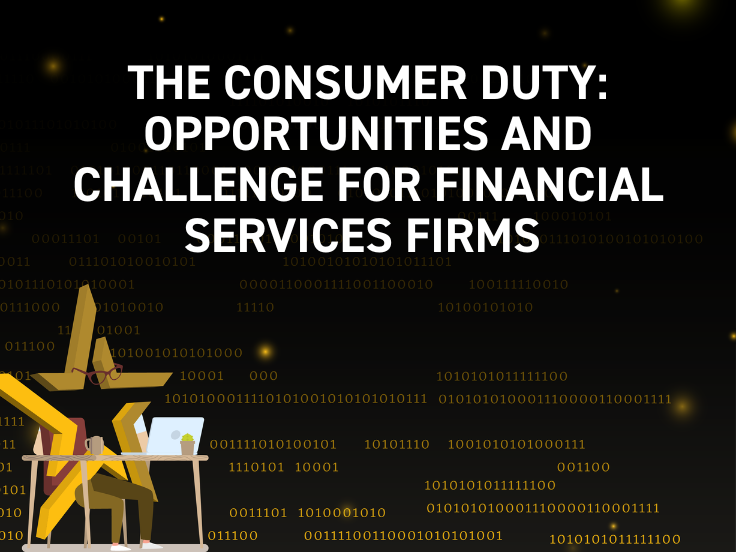 " alt="">
" alt="">

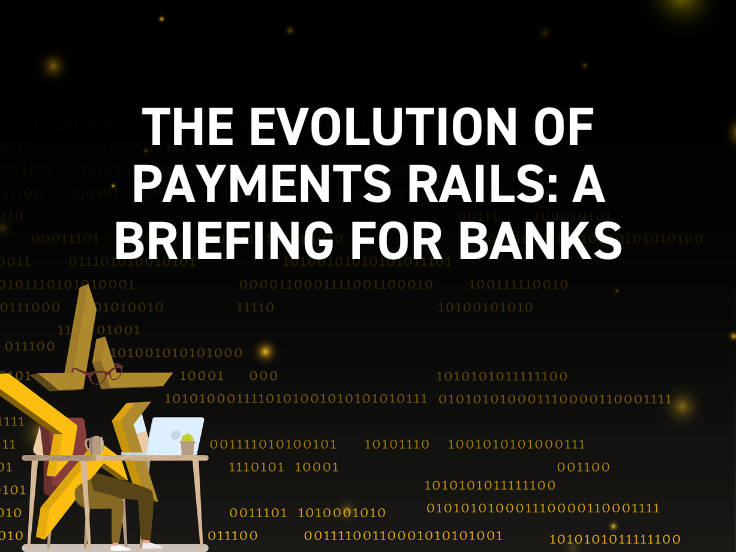 " alt="">
" alt="">
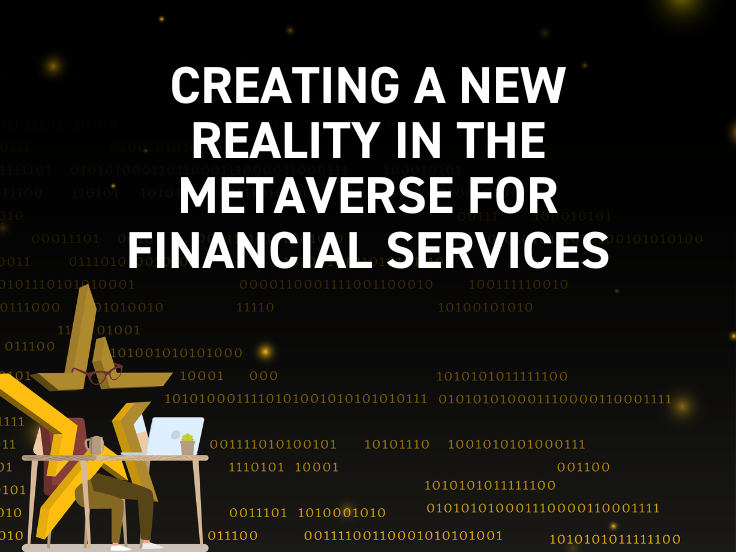 " alt="">
" alt="">
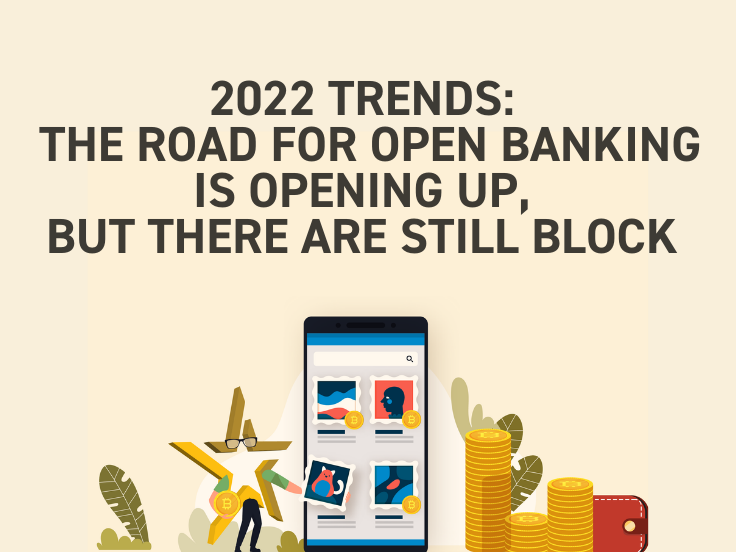 " alt="">
" alt="">
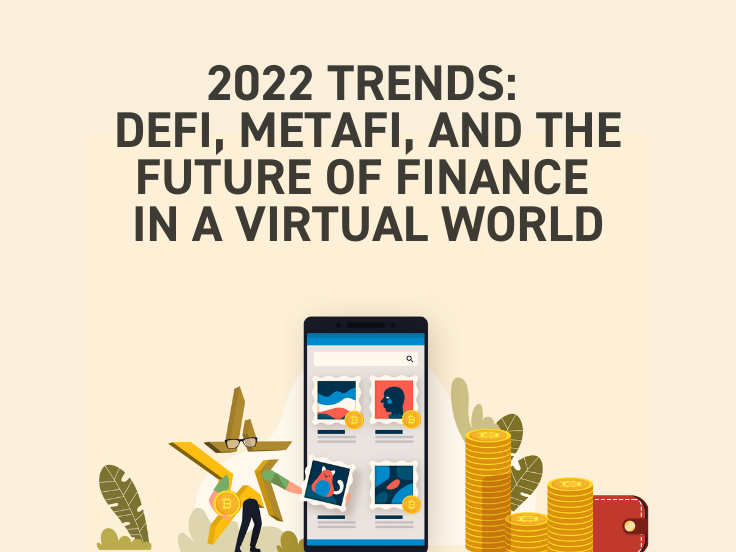 " alt="">
" alt="">
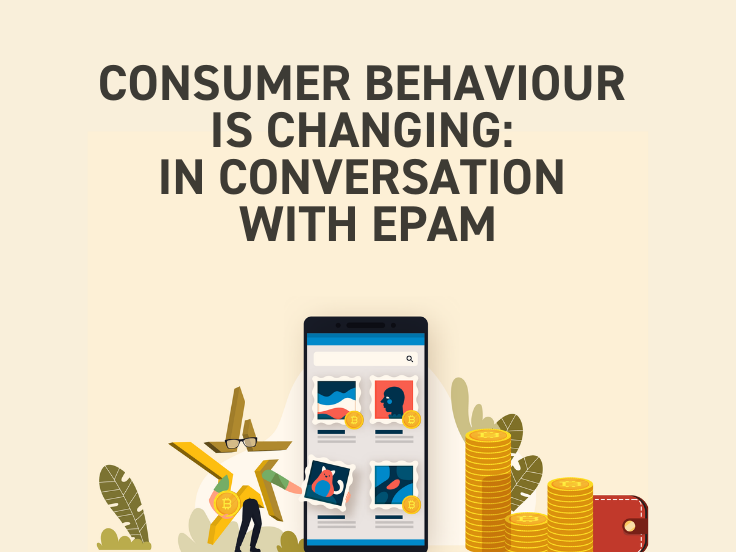 " alt="">
" alt="">
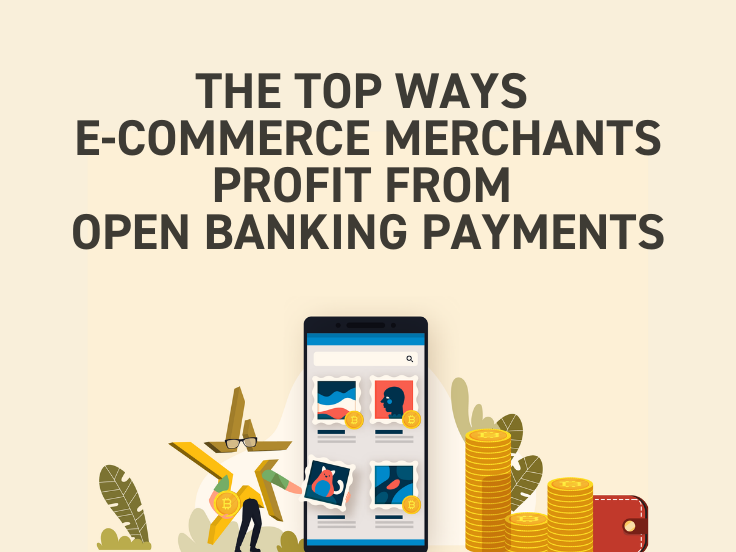 " alt="">
" alt="">
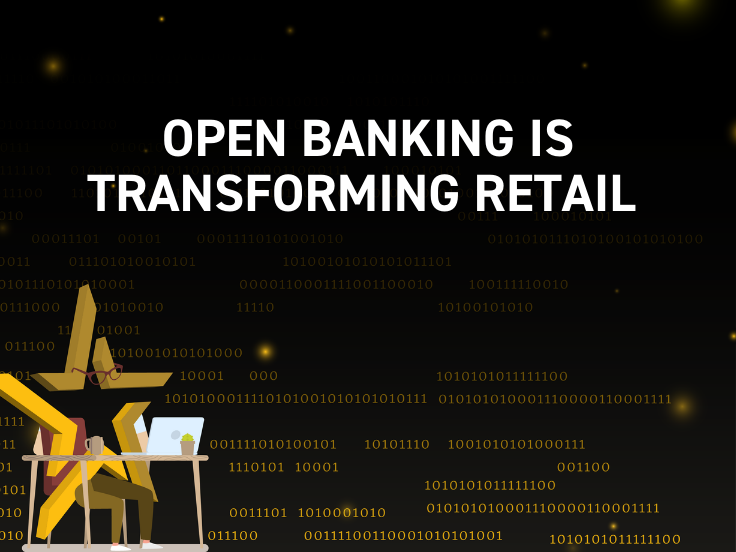 " alt="">
" alt="">
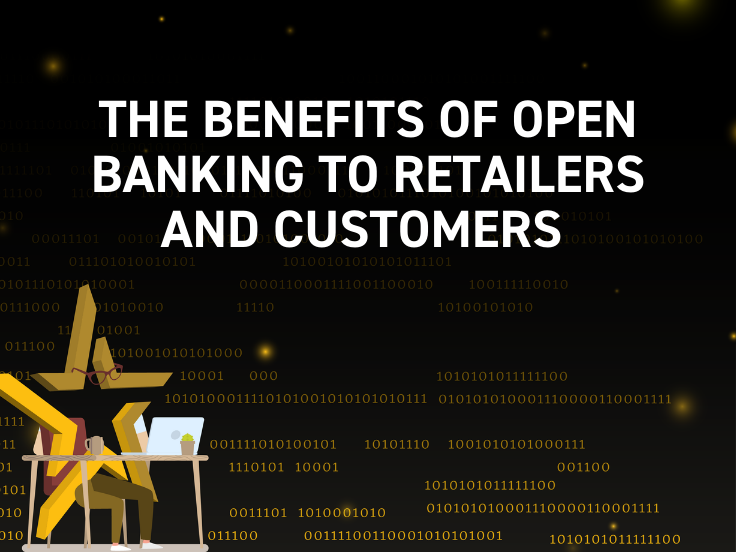 " alt="">
" alt="">
 " alt="">
" alt="">